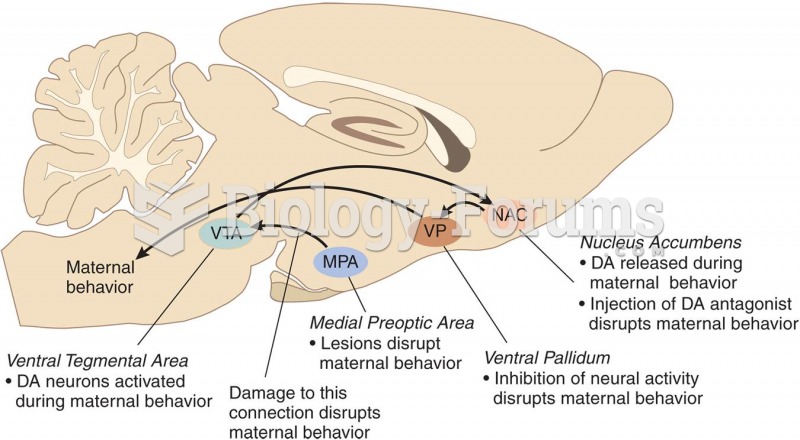|
|
|
More than 20 million Americans cite use of marijuana within the past 30 days, according to the National Survey on Drug Use and Health (NSDUH). More than 8 million admit to using it almost every day.
People about to have surgery must tell their health care providers about all supplements they take.
Human stomach acid is strong enough to dissolve small pieces of metal such as razor blades or staples.
The immune system needs 9.5 hours of sleep in total darkness to recharge completely.
Most strokes are caused when blood clots move to a blood vessel in the brain and block blood flow to that area. Thrombolytic therapy can be used to dissolve the clot quickly. If given within 3 hours of the first stroke symptoms, this therapy can help limit stroke damage and disability.







